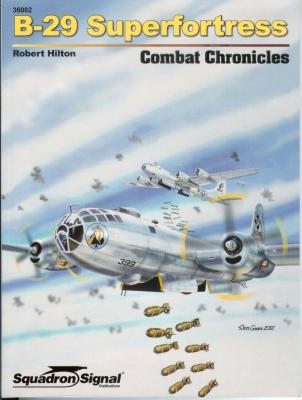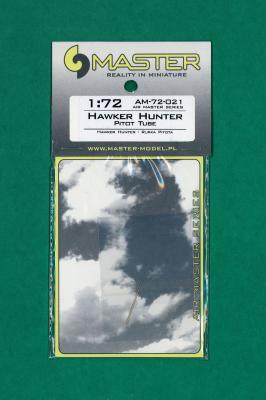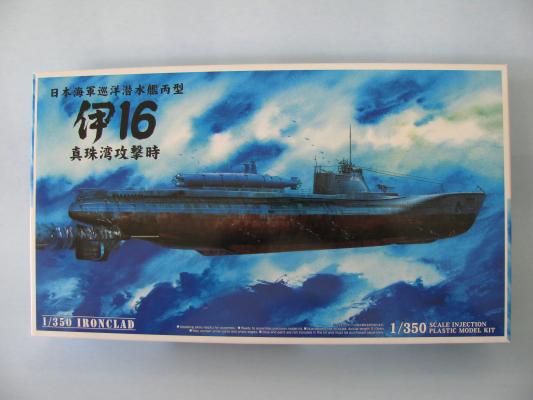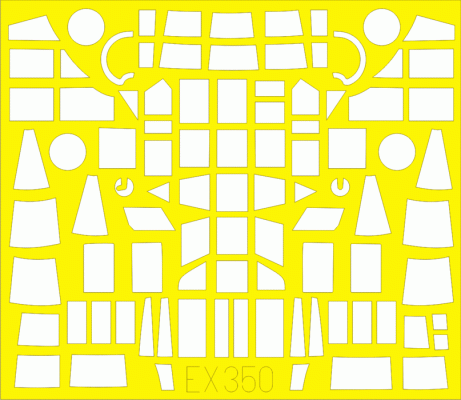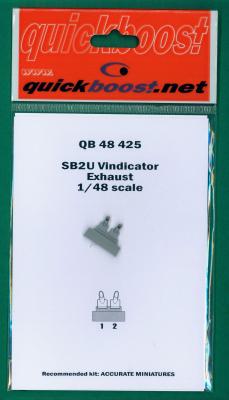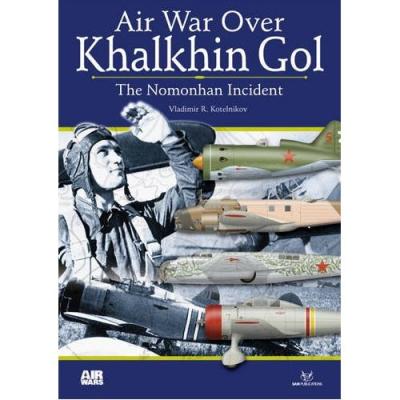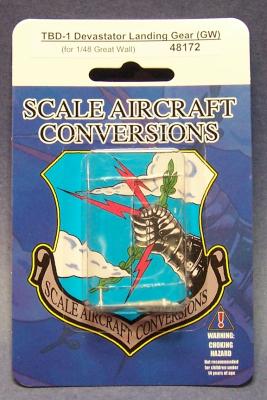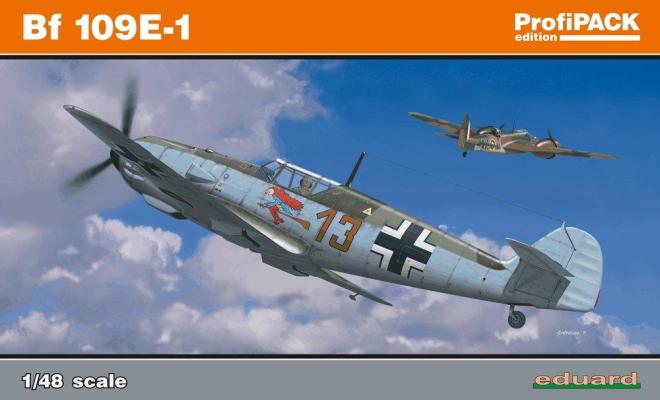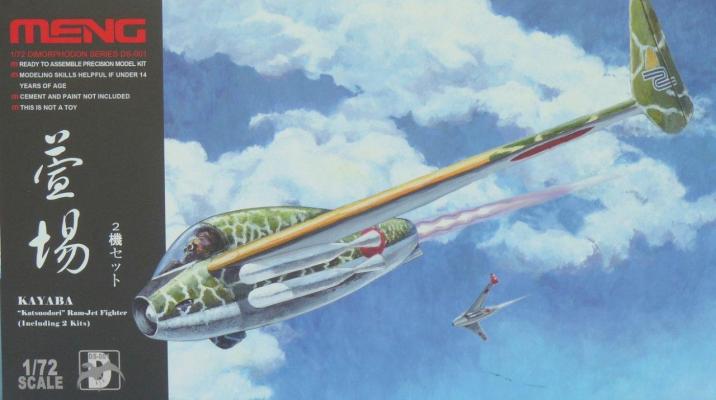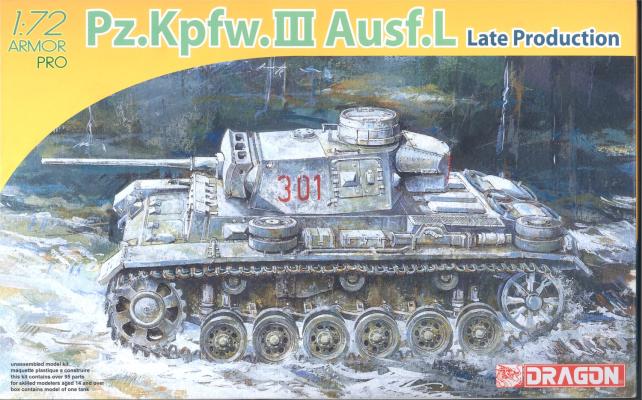This is the first of Squadron’s “Combat Chronicles” series I have had a chance to read and review. The format is a little different than most other publications from this publisher, in that it is focused specifically on the combat operations of a particular unit operating the title aircraft.
This volume focuses on the training and combat operations of the 40th Bomb Group/58th Bomb Wing operating the B-29 during WW2. The author is a veteran of this unit, and narrates his experiences starting with early Stateside training. He then progresses through early combat operations flying from India, over “The Hump”, to stage out of forward bases in China. Next, he describes the Group’s relocation to the Marianas and the final phases of the bombing campaign against Japan. Ultimately, he discusses some of the efforts to air drop supplies to POWs immediately following the Japanese surrender.

